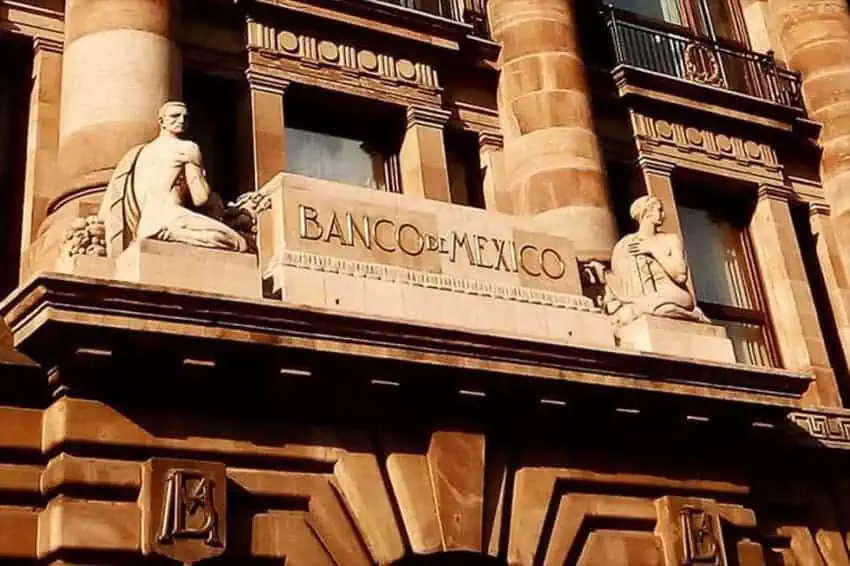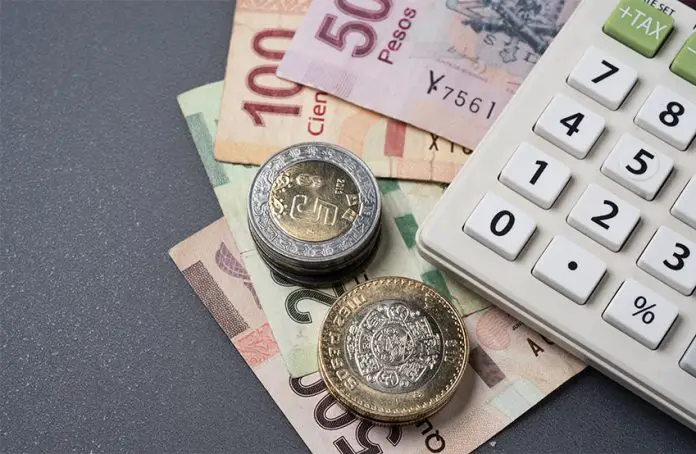The Bank of Mexico (Banxico) announced a cut to its key interest rate after a monetary policy meeting of the board of governors on Thursday. The key rate was lowered by 25 basis points, from 10.75% to 10.50%.
This is the second consecutive rate cut by the central bank, which also lowered its key rate by 25 basis points in August in a divided decision that surprised analysts.
Deputy Governor Jonathan Heath cast the only dissenting vote on Thursday — to maintain the rate at 10.75% — in the decision by the five-member governing board.
In a statement announcing the decision, Banxico noted that the “inflationary panorama has been improving” and that the Board expects this will allow “further reference rate adjustments” in the future.
Mexico’s annual headline inflation rate dropped more than expected in the first half of September to reach 4.66%, its lowest level since May.
Banxico slightly moderated its inflation outlook for the rest of the year in Thursday’s statement, compared to its previous forecast. The bank predicts the headline rate will be 4.3% rather than 4.4% by the end of Q4, and that core inflation will come down to 3.8% instead of 3.9%.

Immediately after the central bank’s announcement, the Mexican peso strengthened to trade at 19.57 to the US dollar, but had depreciated to 19.64 by 4 p.m. Mexico City time. The peso had already made gains on a weakening US dollar early Thursday morning, appreciating 0.54% versus its closing position on Wednesday.
Banco Base analyst Gabriela Siller attributed the peso’s appreciation to market expectations of a more aggressive rate cut by Banxico in a post to X. However, the majority of analysts surveyed in a Citibanamex poll on Friday had predicted the more moderate 25-basis-point rate cut.
At 10.50%, Banxico’s key rate maintains a wide margin compared to the U.S. Federal Reserve benchmark rate, which was reduced for the first time in four years on Sept. 18, to between 4.75% and 5%.
The gap between the rates in Mexico and the U.S. has been one factor driving appreciation of the peso — which reached its strongest position in nearly nine years in April when it traded at 16.30 to the US dollar — but the currency weakened in the aftermath of the June 2 elections, which brought a landslide win for President-elect Claudia Sheinbaum and for the ruling Morena party coalition.
With reports from Investing.com and Expansión
